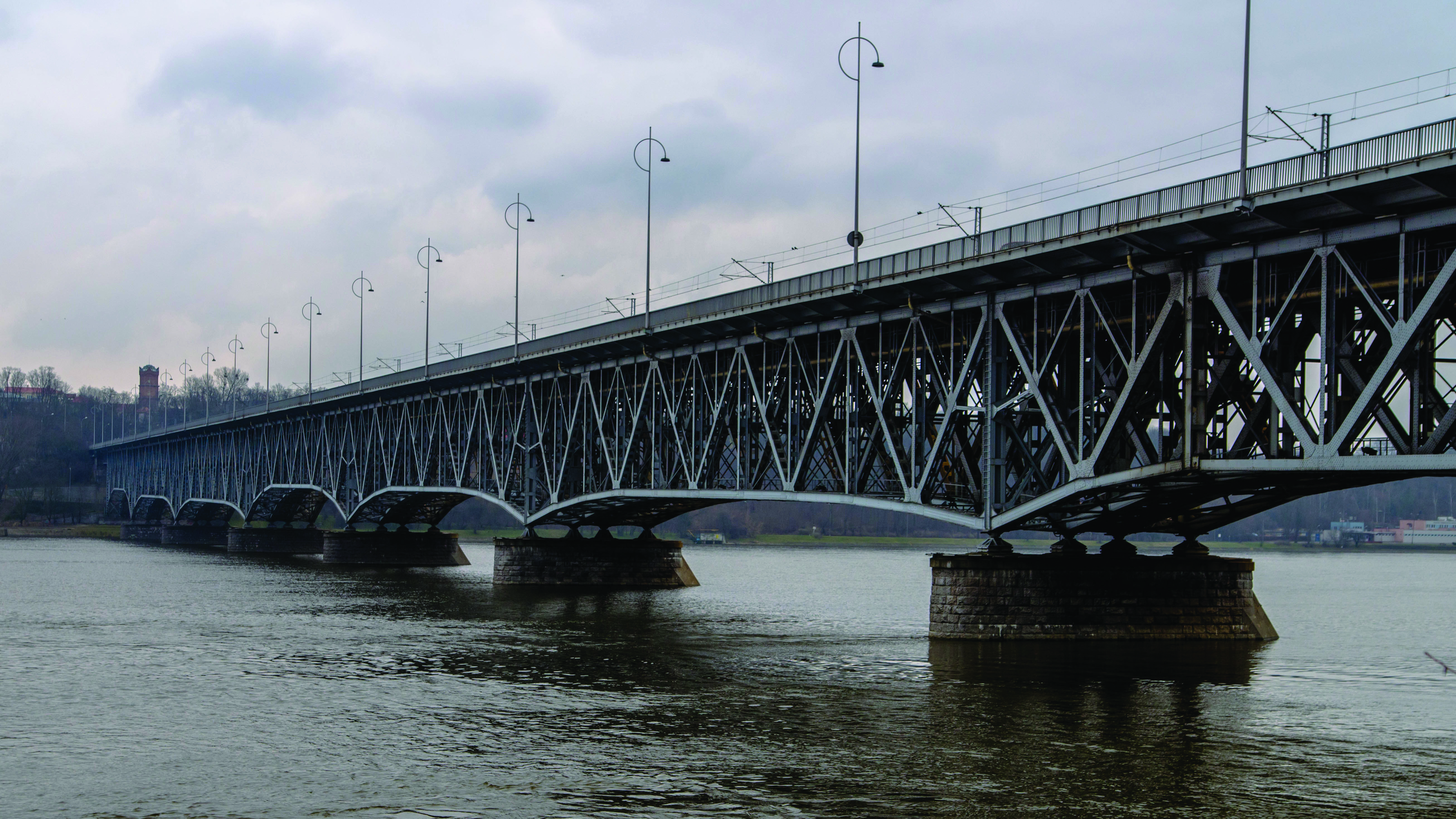Computed radiography is an inspection tool with many uses, including inspection of welds in the fabricated steel that supports buildings, bridges and other civil infrastructure.
Radiography is an imaging technique that uses x-rays to produce an image of an object’s internal form. It has long been a critical component of the nondestructive testing (NDT) process for inspecting and analyzing the integrity of structural members. As imaging technology has advanced over the years, conventional x-ray film radiography has gone by the wayside in favor of digital. Well, almost…many agencies still require the use of x-ray film radiography for inspection tasks.
The type of digital radiography used for NDT applications is called “computed radiography”.
Here are four advantages to using it instead of x-ray film.
1) Potential cost and materials savings with computed radiography
Computed radiography produces images that are temporarily stored on flexible phosphor imaging plates. A scanner then automatically converts the plate’s radiograph to a digital image that can be viewed and evaluated on a computer monitor. After the scanner reads the imaging plate, and the user saves the digital image, the content is erased, and the plate is ready for reuse. Although imaging plates are substantially more expensive than film initially, there is no need for a dark room or developing chemicals, and the plates can be reused many times. Best of all, there’s no need to procure a film viewer to view the radiographs—all you need is a computer, laptop, or tablet.
2) See defects more clearly in a digital image
Because computed radiography produces a digital image, technicians can adjust images for clarity, if needed, using special software. Some software also allows for special filters that make it easier to detect defects and even make annotations.
3) Digital imagery is easily stored
Film must be physically archived in a climate-controlled environment, taking up valuable space. Digital images, which average around 5 MB in size, are stored on your server (on premises or in the cloud) and then quickly accessed when needed.
4) Computed radiography improves collaboration with team members
It takes significantly less time to produce a viewable image using computed radiography and, because it’s digital, it can be easily shared. Imagine the scenario: Your team member in Chicago wants to review a radiograph of a weld with you, but you’re in Minneapolis.
With film radiography, you’d have to plan for one of you to travel or arrange for a copy of the film to be shipped. Computed radiography makes collaboration much less complicated: Attach the digital file to an email or upload it to a file-sharing site. Then, pick up the phone.
At AET, we rely on both film and computed radiography (depending on job specifications) to inspect structures throughout the country. In our experience, the convenience, seamless workflow, and collaboration that computed radiography provides can absolutely play a role in keeping projects on track.
Dave Fitterer, based in our Saint Paul office, can be reached at dfitterer@teamAET.com. For details on how computed radiography could improve your next project, contact Dave, manager of our Nondestructive Testing Division.


